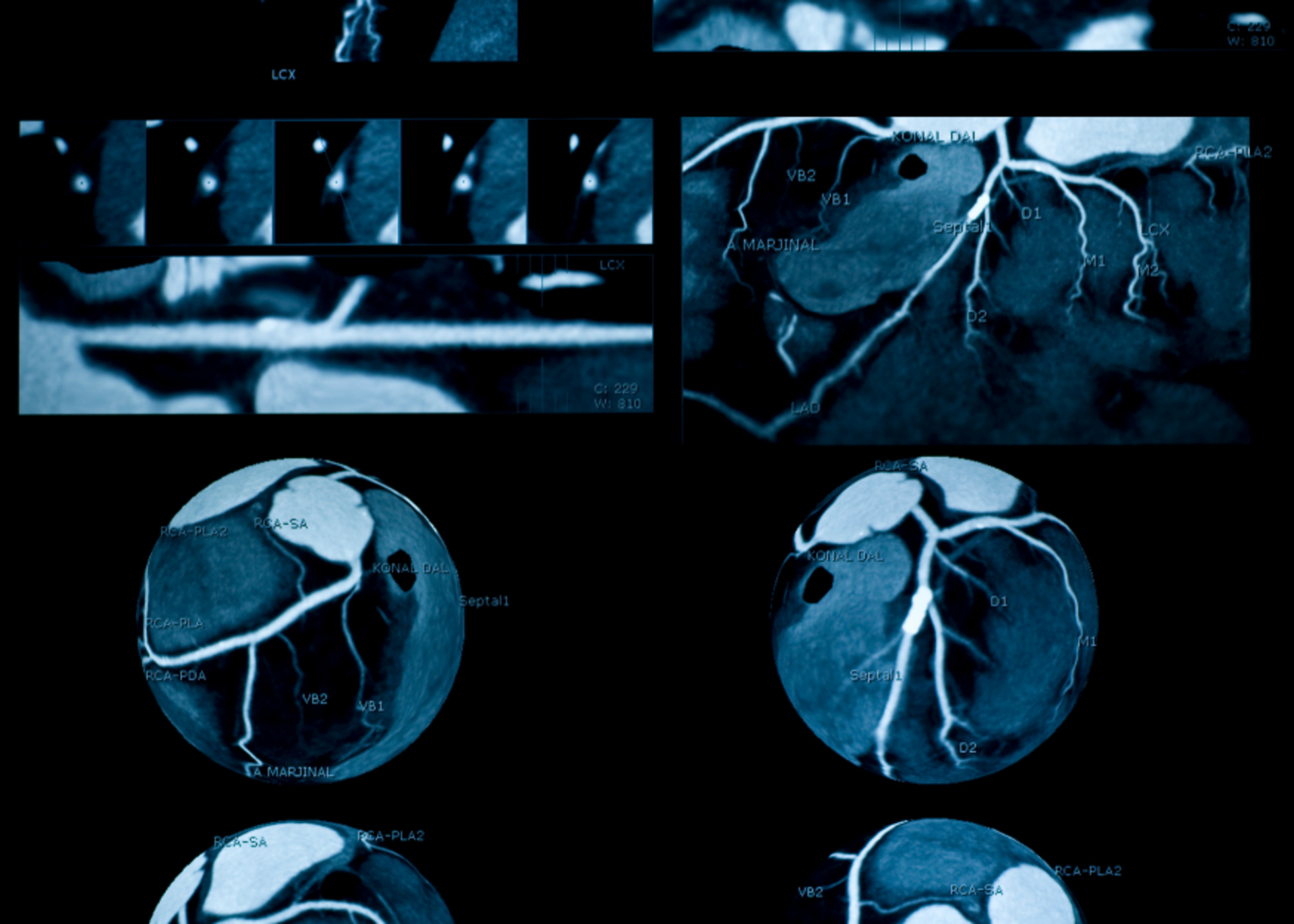Heart disease continues to be one of the leading causes of death in India. Early diagnosis and timely intervention are crucial in preventing major cardiac events like heart attacks. One of the most important diagnostic tools used in evaluating heart health is coronary angiography.
As a Consultant Interventional Cardiologist in Latur, Dr. Mehul Rathod emphasizes the importance of coronary angiography in accurately identifying blockages in the heart's arteries and guiding appropriate treatment.

What is Coronary Angiography?
Coronary angiography is a specialized diagnostic test that uses contrast dye and X-rays to visualize the blood flow in the coronary arteries — the vessels that supply oxygen-rich blood to the heart muscle.
This test helps determine if there are any narrowings or blockages in these arteries, which could lead to chest pain (angina), shortness of breath, or even a heart attack.
When is Coronary Angiography Recommended?
Dr. Mehul Rathod may recommend a coronary angiography in the following situations:This test is often a gold standard for diagnosing coronary artery disease (CAD).
How is the Procedure Done?
Coronary angiography is usually done in a hospital's cath lab (catheterization laboratory). Here’s a step-by-step overview:
The procedure typically lasts about 30 to 60 minutes and most patients go home the same day or after overnight observation.
Is Coronary Angiography Safe?
Coronary angiography is considered a safe and low-risk procedure, especially when performed by experienced cardiologists like Dr. Mehul Rathod. However, like any medical procedure, there are minor risks such as:Proper pre-procedure evaluation significantly reduces these risks.
What Happens After the Test?
Based on the results of the angiography, Dr. Mehul Rathod will decide the next steps:Coronary angiography is a vital diagnostic tool that plays a key role in detecting heart blockages and preventing heart attacks. If you're experiencing chest pain, breathlessness, or have risk factors for heart disease like diabetes, high blood pressure, or a family history of heart problems, don’t delay seeking expert advice.
To know whether coronary angiography is right for you, consult Dr. Mehul Rathod, Consultant Interventional Cardiologist in Latur, for accurate diagnosis, compassionate care, and expert treatment.
Read More:
Peripheral Vascular Decompression (PVD) | Dr. Mehul Rathod